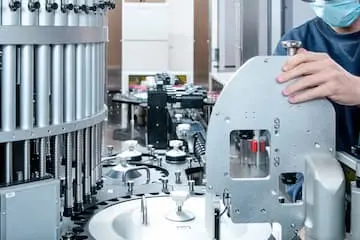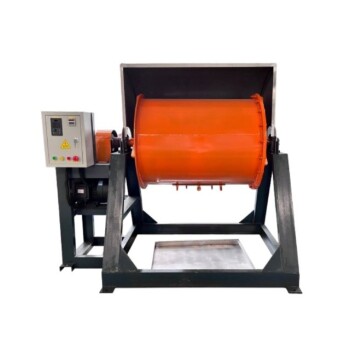Laboratory ball mills are essential tools for grinding, mixing, and pulverizing a wide range of materials, including chemicals, ceramics, glass, and minerals. Our product range includes Rotating Planetary Ball Mills, High Energy Vibratory Ball Mills, and Cabinet Planetary Ball Mills, designed for precise control, efficient operation, and consistent results. Whether you need to process small samples or achieve uniform particle size reduction, our ball mills offer advanced features like timing, overload protection, and customizable configurations to meet your laboratory needs.
Toggle Categories
Get Instant Support
Choose your preferred way to connect with our team
-
Get Free Quote Fill out form for detailed pricing
-
Send Email Detailed inquiry support
-
WhatsApp Quick mobile chat
Response Time
Within 8 hours on working days, 24 hours on holidays
laboratory ball mill
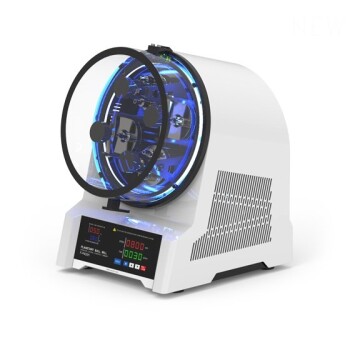
Laboratory Horizontal Planetary Ball Mill Milling Machine
Item Number : KT-P400H

Laboratory Ten-Body Horizontal Jar Mill for Lab Use
Item Number : KT-HJM10

High-Energy Omnidirectional Planetary Ball Mill Machine for Laboratory
Item Number : KT-P2000E
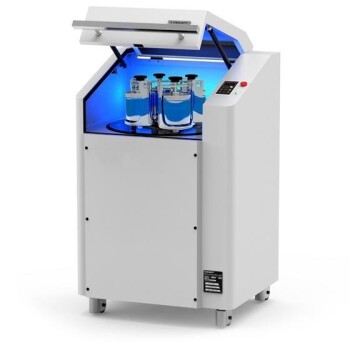
Laboratory Planetary Ball Mill Cabinet Planetary Ball Milling Machine
Item Number : KT-CPBM
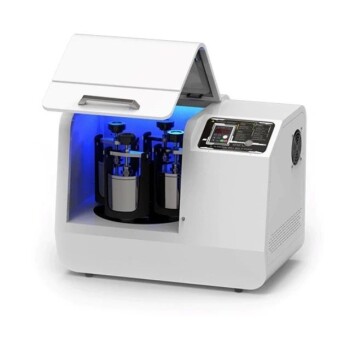
High Energy Planetary Ball Mill Milling Machine for Laboratory
Item Number : KT-P4000

High-Energy Omnidirectional Planetary Ball Mill Milling Machine for Laboratory
Item Number : KT-P4000E
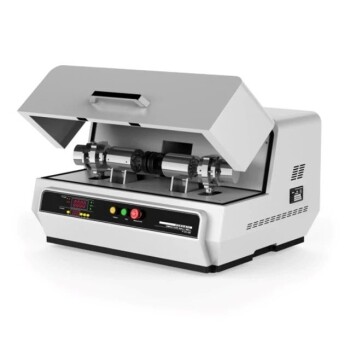
High Energy Vibratory Laboratory Ball Mill Double Tank Type
Item Number : KT-VB200
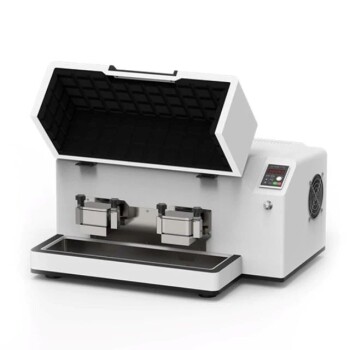
High Energy Vibratory Ball Mill for Lab Use
Item Number : KT-BM500

High Energy Planetary Ball Mill Milling Machine for Laboratory
Item Number : KT-P2000
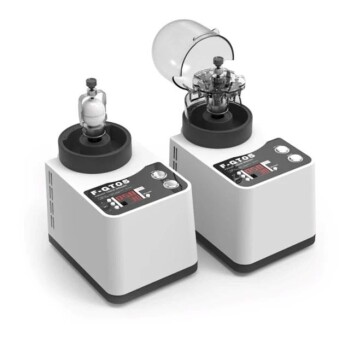
Laboratory Micro Tissue Grinding Mill Grinder
Item Number : KT-MT10
Why Choose Our Laboratory Ball Mills?
Laboratory ball mills are indispensable for achieving rapid, reproducible grinding and mixing of materials. Our products are designed to handle a variety of sample types, from soft and elastic to hard and brittle, ensuring versatility and reliability in your lab operations.
Key Features of Our Laboratory Ball Mills
-
Precision Grinding and Mixing: Our ball mills utilize advanced planetary or vibratory motion to ensure uniform particle size reduction and efficient mixing. Whether you're working with dry, wet, or frozen samples, our equipment delivers consistent results.
-
Customizable Configurations: Choose from single or double tank designs, horizontal or vertical orientations, and various jar sizes to suit your specific application. Our high-energy planetary ball mills, such as the KT-P4000H and KT-P2000E, offer unique Y-axis planetary trajectories for enhanced grinding efficiency.
-
Ergonomic and User-Friendly Design: Many of our models, like the Cabinet Planetary Ball Mill, feature ergonomic designs for comfortable operation. Compact and desktop-friendly, these mills are perfect for labs with limited space.
-
Advanced Safety Features: Our ball mills are equipped with overload protection, timing controls, and high-frequency vibration mechanisms to ensure safe and reliable operation.
-
Versatile Applications: From chemical synthesis to material research, our ball mills are ideal for grinding ceramics, glass, minerals, and more. They are also suitable for preparing small quantities of materials that are difficult to reduce using other methods.
How Laboratory Ball Mills Work
A laboratory ball mill operates on a simple yet effective principle. The grinding jars, filled with steel or ceramic balls, rotate or vibrate to create collisions between the balls and the sample material. This process breaks down the material into smaller particles, with the final size controlled by adjusting the ball size and rotation speed. Planetary ball mills, in particular, use a sun wheel and planetary jars to achieve high-energy impacts, making them ideal for fine grinding and mixing.
Advantages of Our Laboratory Ball Mills
- High Efficiency: Achieve faster and more effective grinding with our high-energy models, such as the High Energy Vibratory Ball Mill and Hybrid High Energy Vibratory Ball Mill.
- Consistent Results: Our mills ensure uniform particle size reduction, critical for research and quality control.
- Low Maintenance: Designed for durability, our ball mills require minimal upkeep, saving you time and resources.
- Customizable Solutions: We offer tailored configurations to meet your specific needs, ensuring optimal performance for your applications.
Applications of Laboratory Ball Mills
Our ball mills are widely used in:
- Material Science: For grinding and mixing ceramics, metals, and composites.
- Chemical Research: For preparing fine powders and homogenizing chemical mixtures.
- Pharmaceuticals: For reducing particle size and enhancing drug formulation.
- Environmental Testing: For processing soil, minerals, and other samples.
Why Trust Us?
With years of expertise in laboratory equipment, we are committed to providing high-quality, reliable ball mills that meet the demands of modern research. Our products are backed by advanced technology, rigorous testing, and exceptional customer support.
Get Started Today
Ready to enhance your laboratory processes? Explore our full range of laboratory ball mills and find the perfect solution for your needs. For personalized recommendations or to discuss custom configurations, contact us today. Our team of experts is here to help you achieve precision and efficiency in your research.
FAQ
What Is A Laboratory Ball Mill?
What Are The Applications Of A Laboratory Ball Mill?
What Are The Main Types Of Laboratory Ball Mills?
What Is The Working Principle Of A Laboratory Ball Mill?
What Are The Advantages Of Using A Laboratory Ball Mill?
What Materials Can Be Processed Using A Laboratory Ball Mill?
What Are The Key Features Of A High-energy Planetary Ball Mill?
What Is The Difference Between A Planetary Ball Mill And A Vibratory Ball Mill?
REQUEST A QUOTE
Our professional team will reply to you within one business day. Please feel free to contact us!
Related Articles

The Symphony of Silence: Molybdenum and the Architecture of the Vacuum Hot Zone
Why do we trust Molybdenum in the most extreme environments? Explore the engineering logic behind all-metal hot zones and the pursuit of absolute purity.

Development and Principles of Frozen Tissue Crushers
Explore the history, classification, and principles of frozen tissue crushers, including grinding ball selection and how to choose the right crusher.

Application of Ultra-Micro Pulverization Technology in the Food Industry
Explores the benefits and applications of ultra-micro pulverization technology in enhancing food processing and nutrient absorption.

Cryogenic Pulverization Technology and Its Applications
Explores the process, advantages, disadvantages, and applications of cryogenic pulverization in various fields.

Application of Liquid Nitrogen in Food Freezing
Explores the use of liquid nitrogen in food freezing, its advantages, methods, equipment, and safety considerations.

Understanding Hot Isostatic Pressing in PVD Sputtering Targets
Explores the role of hot isostatic pressing in enhancing the quality and uniformity of PVD sputtering targets, focusing on manufacturing techniques and benefits.

Advanced International Plant Extraction Science and Technology
Exploring cutting-edge methods in essential oil extraction, including supercritical CO2, supramolecular, and targeted extraction techniques.

Rotary Evaporator and Its Application in Traditional Chinese Medicine Refinement
Explores the use of rotary evaporators in the concentration and refinement of traditional Chinese medicine extracts, detailing equipment selection, operation principles, and safety considerations.

Hydraulic Hot Press: Principles, Components, Features, Advantages, and Applications
An in-depth look at the hydraulic hot press, its components, features, advantages, and applications.

Comprehensive Application of Cold Isostatic Pressing Technology
An overview of the wide-ranging applications of cold isostatic pressing technology across various industries.

Application of Hot Isostatic Pressing Technology in Special Ceramic Preparation
Explores the use of HIP technology in special ceramics, focusing on preparation, characteristics, and industry trends.

Defects and Solutions for Isostatically Pressed Ceramic Balls
This article discusses various defects in isostatically pressed ceramic balls and provides solution strategies for each type of defect.

Three Major Applications of Hot Isostatic Pressing Technology
Hot isostatic pressing technology ensures high-performance components through densification, diffusion bonding, and powder metallurgy near-net forming.

Hot Isostatic Pressing: A Versatile Technology for Advanced Material Processing
Explores the origins, principles, and applications of hot isostatic pressing in various material fields.

Isostatic Pressing Technology: Revolutionizing Ceramic Material Densification
Explore how isostatic pressing techniques enhance ceramic properties, achieving 100% theoretical density and eliminating porosity.

PVD Sputtering Targets and Hot Isostatic Pressing: Part 1
Explores the use of hot isostatic pressing in producing high-quality sputtering targets and the applications of PVD sputtering technology.

PVD Sputtering Targets and Hot Isostatic Pressing: Part 2
This article discusses the manufacturing and optimization of PVD sputtering targets, focusing on techniques like hot isostatic pressing and high pressure heat treatment.

Hot Isostatic Pressing Technology: Principles and Applications
An in-depth look at the development, working principle, and diverse applications of hot isostatic pressing technology across various industries.

Basic Laboratory Centrifuge Equipment
Overview of different types of centrifuges used in laboratories.

Laboratory Sample Preparation and Digestion Equipment
Overview of essential lab equipment for sample preparation and digestion.
